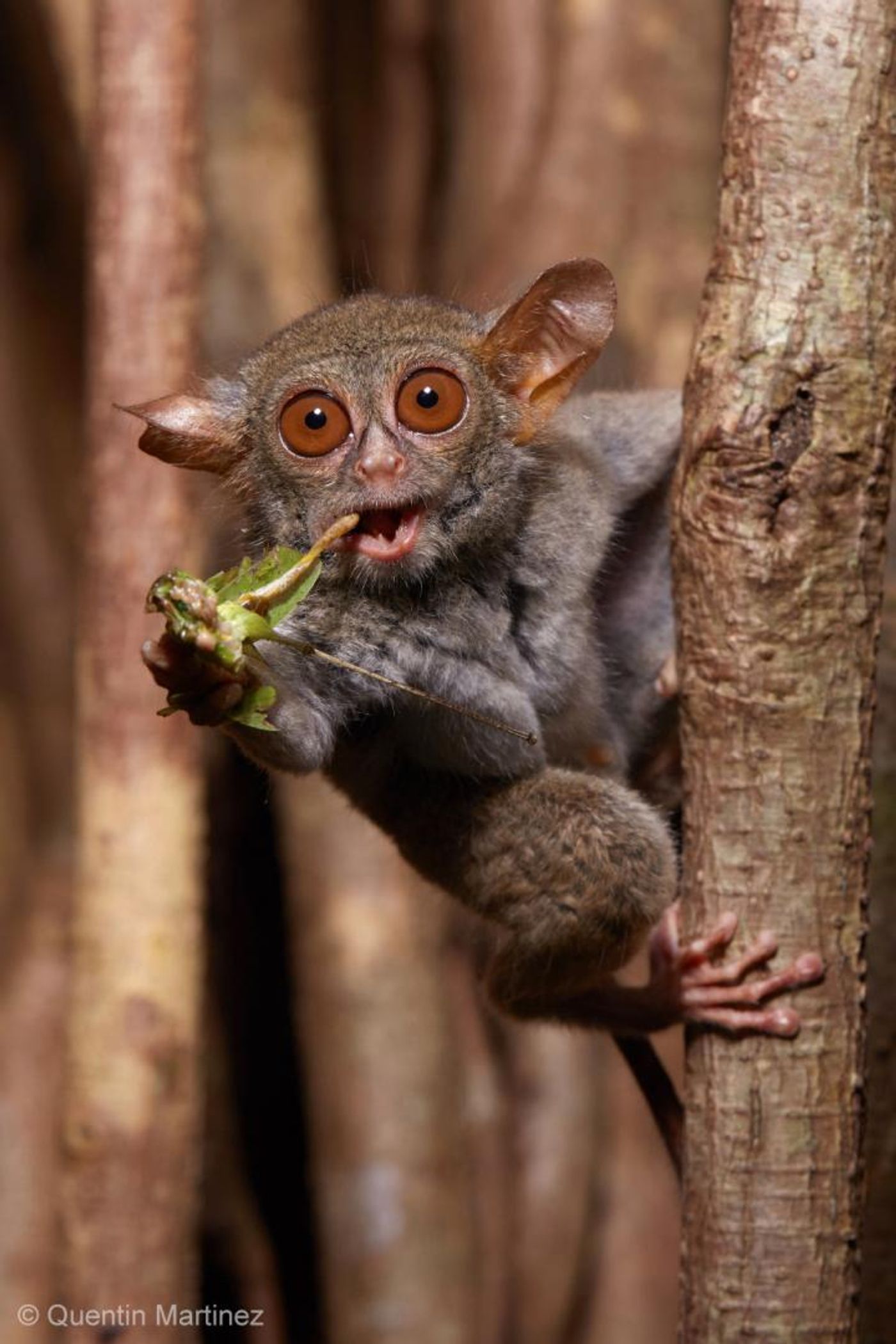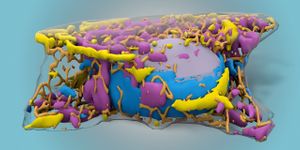Ancient Gene Remnants we Carry From our Ancestors
Some say that eating insects is the way of the future. It was also probably the way of the past. After analyzing 107 different genomes from the animal kingdom, researchers at the University of California, Berkeley found that our very distant ancestors ate a lot of insects. Those ancestors lived around 66 million years ago and were likely small furry animals that ran around the ankles of dinosaurs. The research, reported in Science Advances, indicated that because we still carry the remnants of genes that enabled them to digest insect parts long ago. And we're not the only ones hanging onto those gene remains; so do many other animals that don’t consume insects, like seals or tigers.
"One of the coolest things is, if you look at humans, at Fido your dog, Whiskers your cat, your horse, your cow; pick any animal, generally speaking, they have remnants in their genomes of a time when mammals were small, probably insectivorous and running around when dinosaurs were still roaming Earth," explained postdoctoral fellow Christopher Emerling. "It is a signature in your genome that says, once upon a time you were not the dominant group of organisms on Earth. By looking at our genomes, we are looking at this ancestral past and a lifestyle that we don't even live with anymore."
This evidence supports conclusions made by paleontologists many years ago; they got their answers from studying early mammal fossils and teeth.
"In essence, we are looking at genomes and they are telling the same story as the fossils: that we think these animals were insectivorous and then dinosaurs went extinct. After the demise of these large carnivorous and herbivorous reptiles, mammals started changing their diets," Emerling added.
This work may help illuminate the role of chitinases, enzymes found not only in the gastrointestinal system but also pancreas and lungs. They may have an influence on asthma, work has shown.
A tough carbohydrate called chitin makes up the hard, outer shell of insects. The genomes of many different bacteria encode for enzymes that can break chitin down. Modern humans and mice both carry genes that encode for such an enzyme, called chitinase. Humans also still have the remains of three other chitinase genes. None of those genes makes anything, however.
Emerling was able to show that those genetic remains are not only found in primates and humans. They can also be traced through the lineage to ancestral placental mammals. The largest group of mammals have placentas which enable progeny to develop for a longer period of time in a womb. The group includes animals like elephants, shrews, and whales, and excludes marsupials and egg-laying monotremes. The more insects an animal consumes, the more chitinase genes it carries.
"The only species that have five chitinases today are highly insectivorous, that is, 80 to 100 percent of their diet consists of insects. Since the earliest placental mammals likely had five chitinases, we think that this makes for a strong argument that they were highly insectivorous," suggested Emerling.
As would be expected, organisms that are ant and termite specialists, like aardvarks or certain armadillos, still have five functional chitinase genes. Tarsiers, primates that love eating insects, do as well. They may be the only primates that carry so many functioning chitinase genes, Emerling noted.
This work may apply to other research areas in evolution and physiology. "This is suggesting that there are a lot of these enzymes that might be helping organisms digest their food. This goes from being a simple curiosity - humans have a chitinase, 'how cool!' to being something that can help us understand how different animals are adapted to their specialized diets,” added Emerling.
Sources: AAAS/Eurekalert! Via University of California, Berkeley, Science Advances









